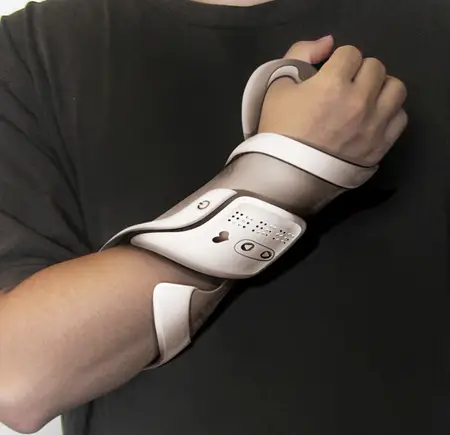This is great. An interview about and with one of the most soulful rapper/R & B artists of our time, Lauryn Hill.
UvealBlues
It doesn't take much for a group of 30-somethings to get nostalgic about Hill. Put her solo album, The Miseducation of Lauryn Hill, on at a bar, and it takes the crowd right back to college days or high-school summers. I met Daryl Lutz while he was hanging out with a group of friends on the deck of Marvin's Bar in downtown Washington, D.C.
(..)
The Miseducation of Lauryn Hill came out in 1998. It was like LeBron James' rookie year in the NBA. You knew he had the potential to be great after seeing him in high school — and then, right out of the gate, he's one of the best ball players in the league.
Jayson Jackson, part of Hill's management team, described the recording process this way: "The record was already inside her. She would go into the studio, and it would just pour out of her."
(..)
This closes the interview. I thank her. She says, "You're welcome," and my editor and I leave the car. We sit on the stairs for a few minutes to catch our breath. We spent all weekend chasing Lauryn Hill, hoping to have this conversation about her voice. I compared it to a video game with infinite levels you didn't even know existed, like when you beat a level and you think you won, but then you go through a door and there's a whole other world you have to conquer. Getting to Lauryn Hill was like that.
Sara Sarasohn, my editor, compared the chase to the Israelites rising up and following the cloud over the Tent of Meeting. In the Torah, when the Israelites are wandering in the desert, there was a cloud over the Tent of Meeting, where the Ark of the Covenant was kept. Moses would go to the Tent of Meeting to communicate with God. At night, the cloud looked like fire. When the cloud lifted and moved, the Israelites would see it and know that it was time for them to move as well in their journey through the desert. It was like the presence of Hill was this cloud that we could see in the distance, and we were trying to follow it, and finally, we got to the Tent of Meeting.
Sitting on the stairs together, Sara and I couldn't help but cry, just a little. We talked to Lauryn Hill. And she's doing fine.
























